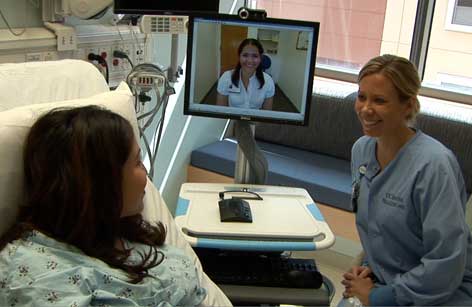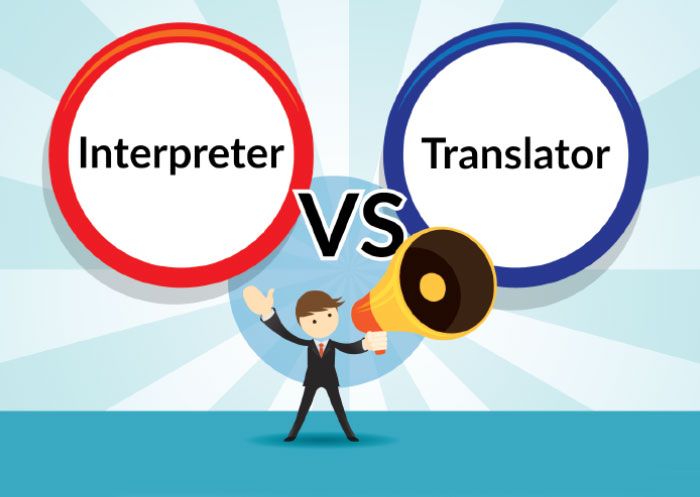What is an American Sign Language Interpreter
An American Sign Language interpreter is a person who facilitates communication between American Sign Language (ASL) users and English-speaking individuals. The audience of ASL users primarily consists of Deaf and Hard of Hearing people.
Fun fact: there is an estimated total of 500,000 people in the United States that use American Sign Language, according to Gallaudet University, the only university in the world that uses American Sign Languages as their primary language.
There are interpreters for every language – there are Spanish interpreters, German interpreters, Brazilian interpreters, French interpreters, Japanese interpreters, and the list goes on.
What makes ASL interpreters significantly different from other foreign-language interpreters is the fact that ASL is a visual language that relies on body language, facial expressions, signings, and fingerspelling. ASL interpreters need to convey messages simultaneously or consecutively from a spoken language to a visual language and vice versa, making the profession rigorously tough that takes years and years of training.
Not everyone can become an ASL interpreter. One of the most common misconceptions is that you are qualified to become an ASL interpreter after you have taken basic ASL courses at your school. Learning Sign language is one of the stepping stones in your journey to becoming an ASL interpreter, just knowing the basics does not make you qualified to interpret.
Many individuals who have recently started learning ASL find it overwhelmingly difficult to interpret effectively at a real-time pace. To be an effective American Sign Language interpreter, the person should be completely bilingual, fluent, and proficient in both languages. Again, years of committed and specialized training should be expected before a person can properly convey messages from English to ASL and from ASL to English while keeping tone and meaning at a real-time pace while effectively following the RID’s Code of Professional Conduct.
ASL interpreters work in various setting types. All the Title II and III businesses in America are required by the Americans with Disabilities Act (ADA) regulations to provide ASL interpreters. ASL interpreters can be found working in medical offices, governmental settings, educational settings, military industries, courts, companies, and almost all other possible settings.
ASL interpreters typically work as a staff or a freelancer for a language interpreting agency, such as Frederick Interpreting Agency. Also, it is a common practice for hospitals, schools, companies, and other organizations that work with Deaf and Hard of Hearing people to hire ASL interpreters on a full-time basis.
Lastly, although ASL interpretation is the most common method of interpreting for Deaf and Hard of Hearing people, it is not the only interpreting method. Below is a list of other interpreting methods:
Transliteration: ASL and English have completely different grammatical structures and rules, but some Deaf and Hard of Hearing people prefer interpreters to interpret mostly following English’s word order structure. Transliteration occurs when interpreters facilitate messages from English to ASL following English’s word order structure.
Tactile Interpretation: a method primarily used for Deaf-Blind individuals. A tactile ASL interpreter creates signs in one hand, which is felt by the Deaf-Blind person, while simultaneously utilizing the other hand on a body part of the Deaf-Blind individual to describe the environment.
Oral Interpretation: commonly used for Deaf and Hard of Hearing individuals who have a partial loss of hearing and are still able to hear. Interpreters will move their mouths without using their voice in a way that can be read by the Deaf and Hard of Hearing individuals, known as “lipreading”. It is typically used to clarify the message of the speaker.












0 Comments